Top Things to Know Before Buying Indoor Plant Decor: A Guide to Greening Your Space
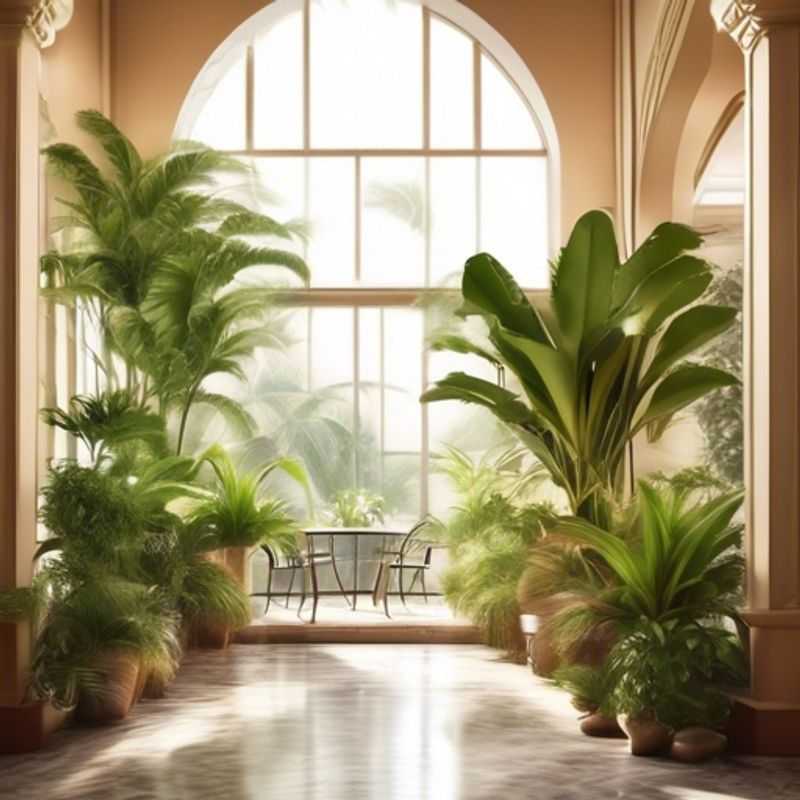
Top Things to Know Before Buying Indoor Plant Decor: Light, Water, Space, Options, Soil, Pests, and Budget
Bringing the outdoors in with indoor plants is a fantastic way to enhance your home's ambiance, purify the air, and create a sense of tranquility. But before you embark on your plant-decorating journey, it's crucial to consider a few key factors to ensure your leafy companions thrive. Think of it as a little bit of engineering for your green space!
First, consider the lighting conditions in the room where the plant will be placed.
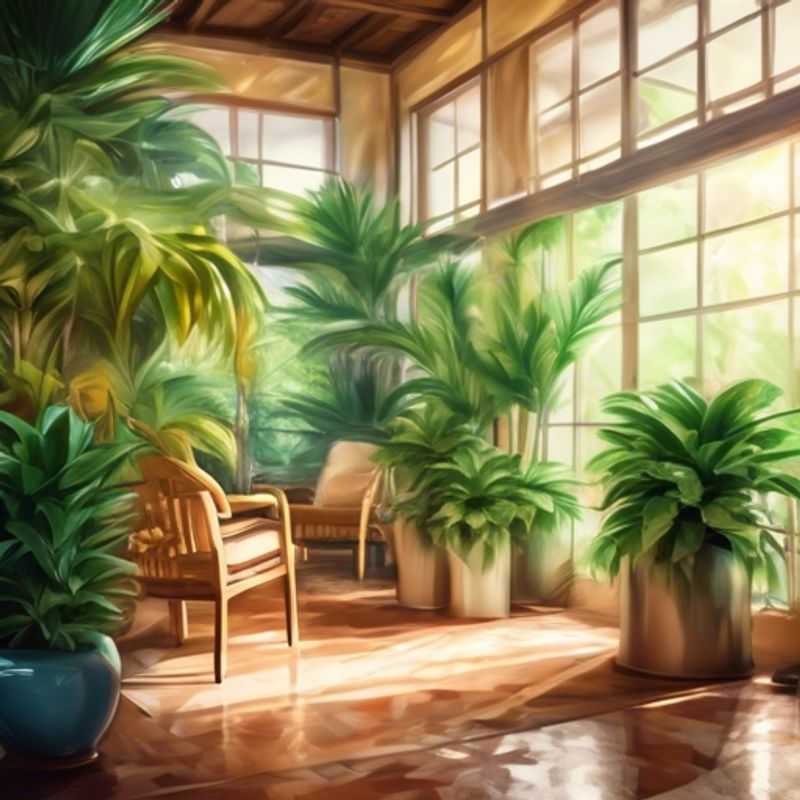
Lighting Conditions: A Crucial Factor in Plant Placement
Lighting is crucial for plant growth. Different plants have different light requirements. Some thrive in bright, direct sunlight, while others prefer shade. When choosing a plant, consider the lighting conditions in your home.
Observe the amount of sunlight your room receives throughout the day. Rooms with south-facing windows get the most sunlight, followed by west-facing, east-facing, and then north-facing windows.
Assess the intensity of the light. Direct sunlight is the strongest, followed by indirect sunlight and artificial light.
If you are unsure about the light needs of a particular plant, you can consult a plant expert or do some research online. Consider investing in a light meter to measure the light intensity in your room.
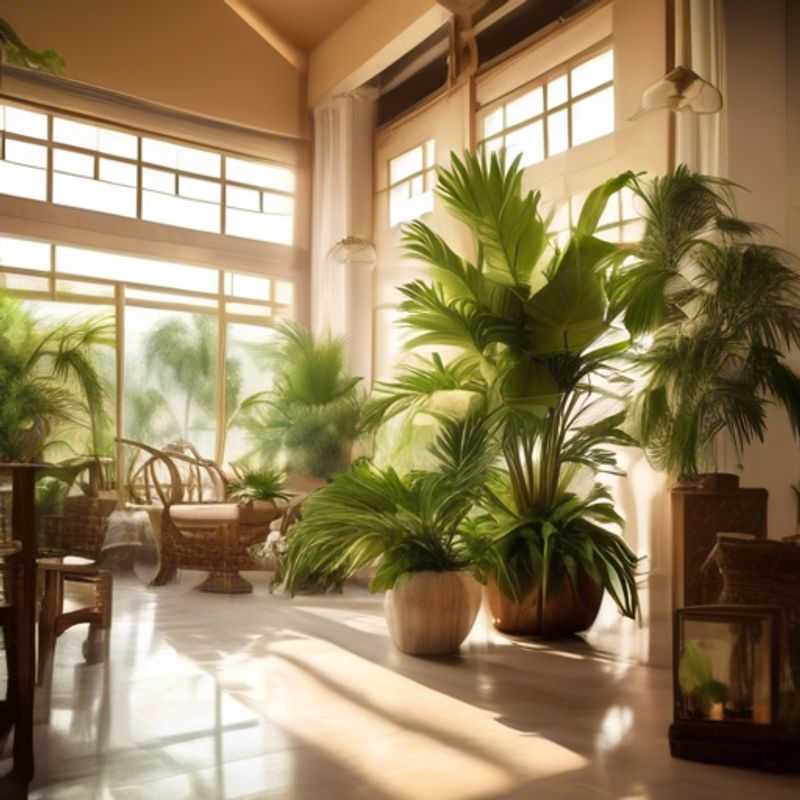
Watering Wisdom: Understanding the Needs of Different Plant Types
Understanding the watering needs and care requirements of different plant types is crucial for their healthy growth and survival. While general guidelines exist, each plant species has unique preferences. It’s essential to research the specific requirements of your plants, considering factors such as their native habitat, leaf type, and growth rate.
Succulents, with their thick, fleshy leaves, are well-adapted to arid environments and require infrequent watering. Their water storage capacity allows them to withstand periods of drought. Conversely, tropical plants thrive in humid conditions and require regular watering, often multiple times a week. It’s important to ensure the soil dries out slightly between waterings to prevent root rot.
Herbs, like basil and rosemary, often prefer drier soil and can be overwatered easily. Flowering plants, such as roses and lilies, generally require more frequent watering during their blooming season.
Beyond watering, other care requirements include proper lighting, fertilization, and pest control. Plants need adequate sunlight to photosynthesize. Some plants thrive in full sun, while others prefer shade. Fertilizers provide essential nutrients for growth, but overuse can be detrimental. It's important to choose fertilizers specific to your plant type and apply them according to the manufacturer's instructions.
Regularly inspecting your plants for signs of pests and diseases is crucial for maintaining their health. Common pests include aphids, spider mites, and mealybugs. Early detection and appropriate treatment can prevent widespread damage. Remember, a healthy environment is key to successful plant care.

Measuring for Success: Ensuring Your New Plant Has Room to Grow
Before bringing a new plant home, it's crucial to measure the available space to ensure it will fit comfortably and thrive. This step might seem basic, but it can prevent future headaches and disappointment. Start by measuring the width, depth, and height of the space where you intend to place the plant. Consider the mature size of the plant; it's essential to factor in its future growth potential. Take into account any nearby furniture or obstacles that might restrict the plant's growth. Also, remember to think about the light conditions in the chosen location. Some plants require ample sunlight, while others thrive in shade. Once you have a clear understanding of the space and the plant's needs, you can make an informed decision.
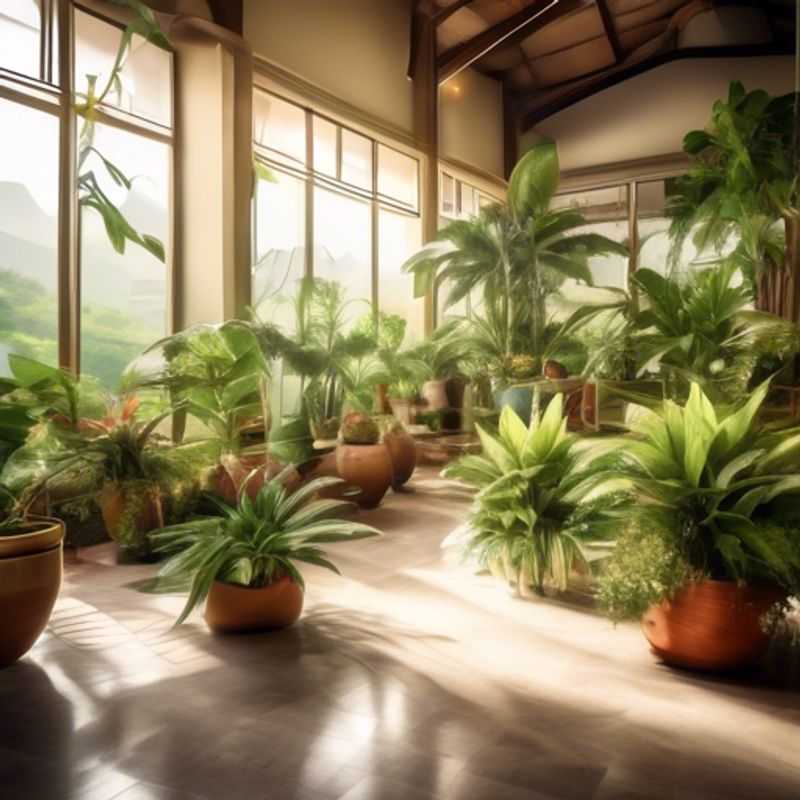
Low-Maintenance Indoor Plants: Bringing the Outdoors In, Without the Hassle
Bringing life and vibrancy to your indoor space can be a rewarding experience. While the joy of plants is undeniable, the commitment to their care can be daunting, especially for those with busy lifestyles. Fortunately, several low-maintenance and durable indoor plant options can thrive with minimal attention. Snake plants (Sansevieria trifasciata), renowned for their hardiness, tolerate low light conditions and infrequent watering. Their vertical, sword-like leaves add a sculptural element to any room. ZZ plants (Zamioculcas zamiifolia), known for their resilience, can endure neglect, making them ideal for those who forget to water regularly. Cast iron plants (Aspidistra elatior), living up to their name, are virtually indestructible. They tolerate low light, infrequent watering, and fluctuating temperatures, making them perfect for beginners. These resilient indoor plants offer a balance of beauty and ease, enhancing your living space while requiring minimal upkeep.
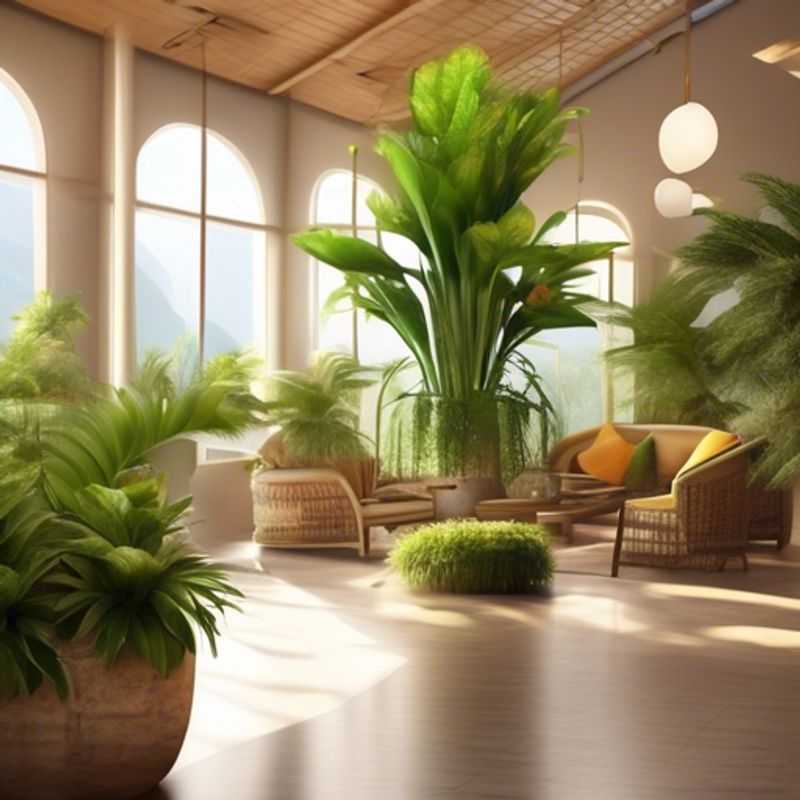
The Perfect Match: Finding the Right Soil and Containers for Your Indoor Plants
The right soil and pot can make all the difference for your indoor plants. Let's talk about the basics! First, the soil: look for a well-draining potting mix, a mix that allows water to pass through easily. This is key, because we don't want our plants sitting in soggy soil, which can lead to root rot. Many commercially available potting mixes are perfectly fine, but you can also experiment with adding ingredients like perlite or vermiculite to improve drainage. Second, the pot: choose a container with drainage holes. This is essential for allowing excess water to escape. The size of the pot is important too. Generally, you'll want to choose a pot that's just slightly larger than the plant's root ball. Think of it as giving the roots a little room to grow, but not so much that they get lost in a massive pot. Finally, keep in mind that pots made from porous materials like terracotta will dry out faster than plastic pots, which might mean you need to water more frequently. There you have it, the essentials for happy indoor plants! For specific information on your particular plant's needs, you can always do a quick online search!

Indoor Plant Defense: Knowing Your Foes (Pests & Diseases)
Indoor plants, like their outdoor counterparts, can be susceptible to various pests and diseases. Understanding common threats can help you identify and address issues early, promoting the health and longevity of your leafy companions.
Common Pests:
Spider Mites: These tiny creatures create webs and suck sap from leaves, causing yellowing and spotting. Regularly inspect plants for fine webs and tiny dots moving on the undersides of leaves.
Mealybugs: These soft-bodied insects are often found in clusters, resembling small white cottony masses. They feed on plant sap, causing stunted growth and leaf discoloration.
Aphids: These small, pear-shaped insects are often green, but can also be black, white, or brown. They suck sap from leaves and stems, causing curling, distortion, and sticky honeydew.
Scale Insects: These armored pests attach themselves to plants, feeding on sap and causing yellowing, stunting, and even plant death.
Common Diseases:
Powdery Mildew: A white, powdery coating appears on leaves, often affecting the undersides. This fungal disease can cause leaf discoloration and stunted growth.
Root Rot: Overwatering or poorly draining soil can lead to fungal root rot, causing wilting, yellowing, and eventual plant death.
Leaf Spot: These fungal or bacterial infections cause brown or black spots on leaves, often spreading throughout the plant.
Important Tips:
Early Detection: Regularly inspect your plants for signs of pests or diseases. Early intervention can often prevent major damage.
Isolation: If you suspect a pest or disease, isolate the affected plant to prevent spreading to others.
Pest Control: Use insecticidal soap, neem oil, or horticultural oil for controlling pests.
Disease Management: Remove infected leaves, prune away diseased branches, and use fungicides or bactericides as needed.
Prevention: Maintain proper watering practices, ensure good air circulation, and choose healthy plants from reputable sources to minimize the risk of pests and diseases.
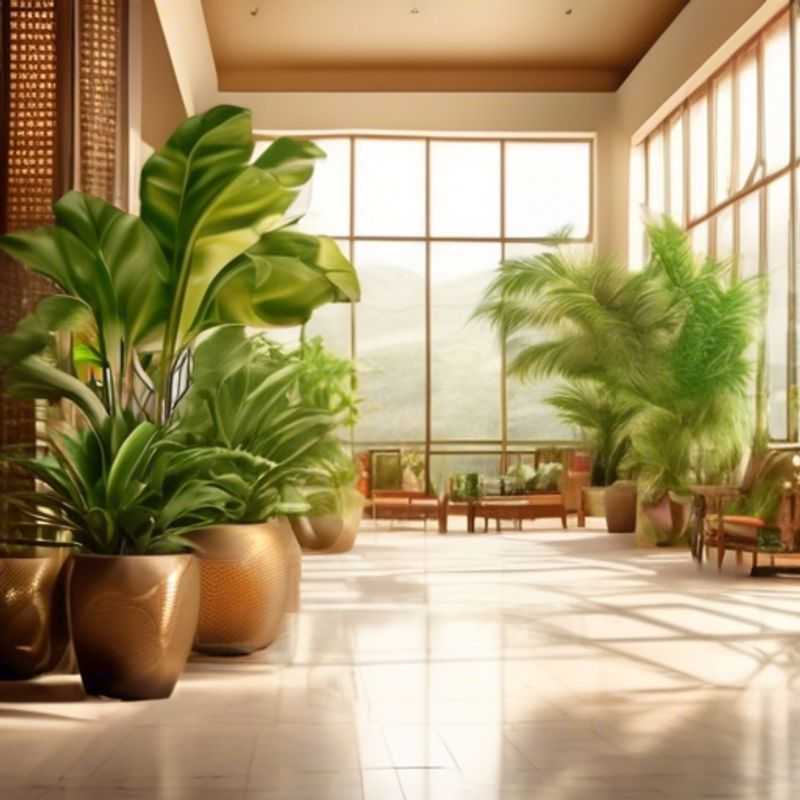
Budget-Friendly Indoor Plant Decor: Finding the Perfect Greenery Without Breaking the Bank
Bringing the outdoors in with indoor plants is a wonderful way to enhance your home's ambiance and well-being. But, like any decorating project, you need to establish a budget to ensure a financially responsible and enjoyable experience.
First, consider the size of your space and the number of plants you desire. This will dictate the total cost. Smaller plants typically cost less than larger ones. However, don't underestimate the long-term expenses, including potting soil, fertilizer, and even the occasional replacement plant. A basic budget of $10-$20 per plant is a good starting point, but remember, this can fluctuate depending on the type, size, and rarity of the plants you choose.
Next, explore affordable options. Consider propagating plants from cuttings, a simple yet rewarding way to create new plants at minimal cost. Check out local plant nurseries or online plant marketplaces for sales and discounts. And remember, you don't need fancy planters. Repurposed containers like old jars, cans, and even teacups can be stylish and budget-friendly alternatives.
When budgeting, factor in the potential need for extra care. Some plants require specific lighting, humidity, or temperature conditions, which might necessitate the purchase of additional equipment like grow lights or humidifiers. However, a little research can guide you towards low-maintenance plants that thrive with minimal effort.
Remember, bringing life into your home through plants is a rewarding experience. By setting a budget, exploring affordable options, and being mindful of ongoing expenses, you can create a lush, vibrant indoor oasis without breaking the bank.
